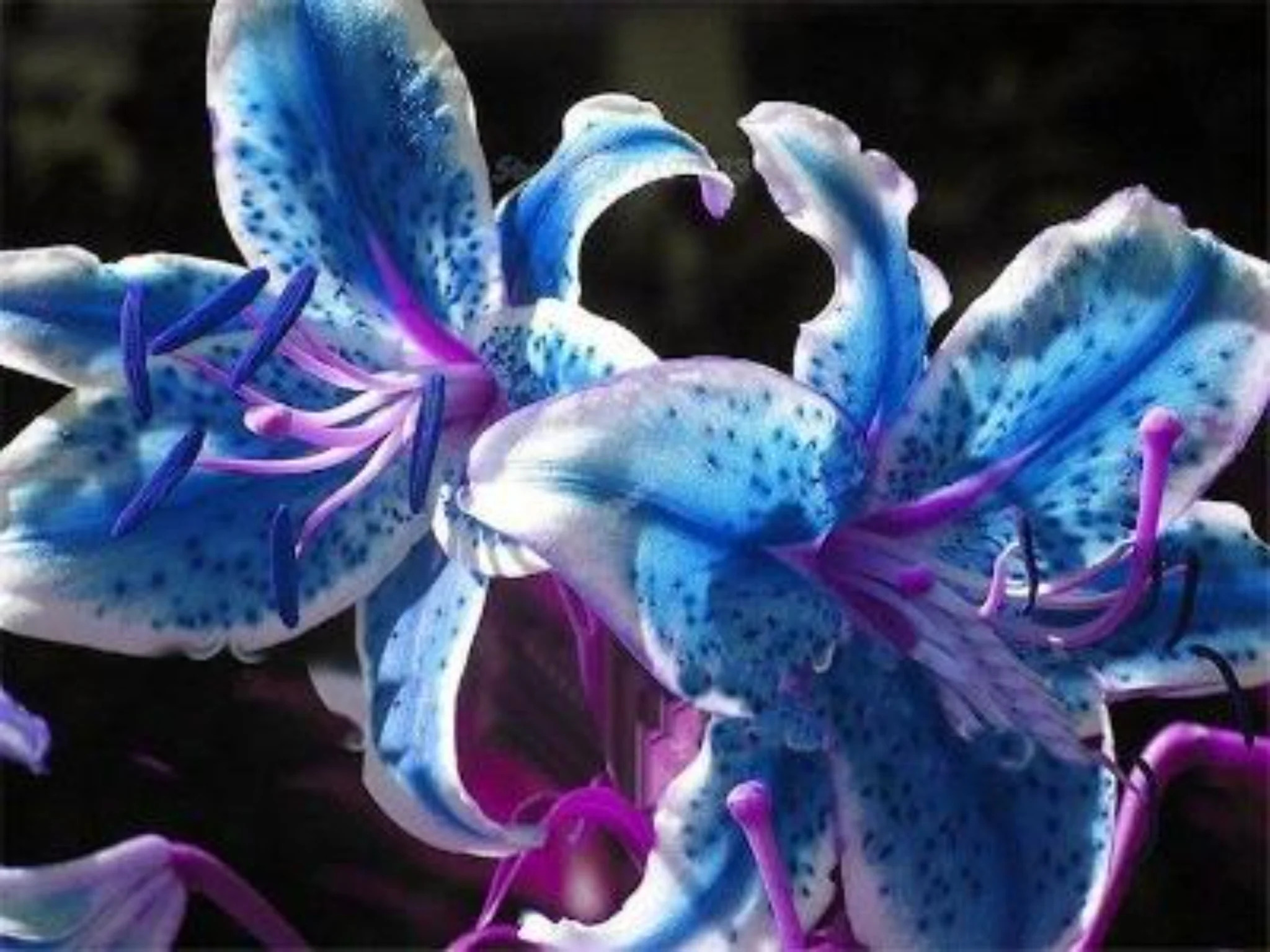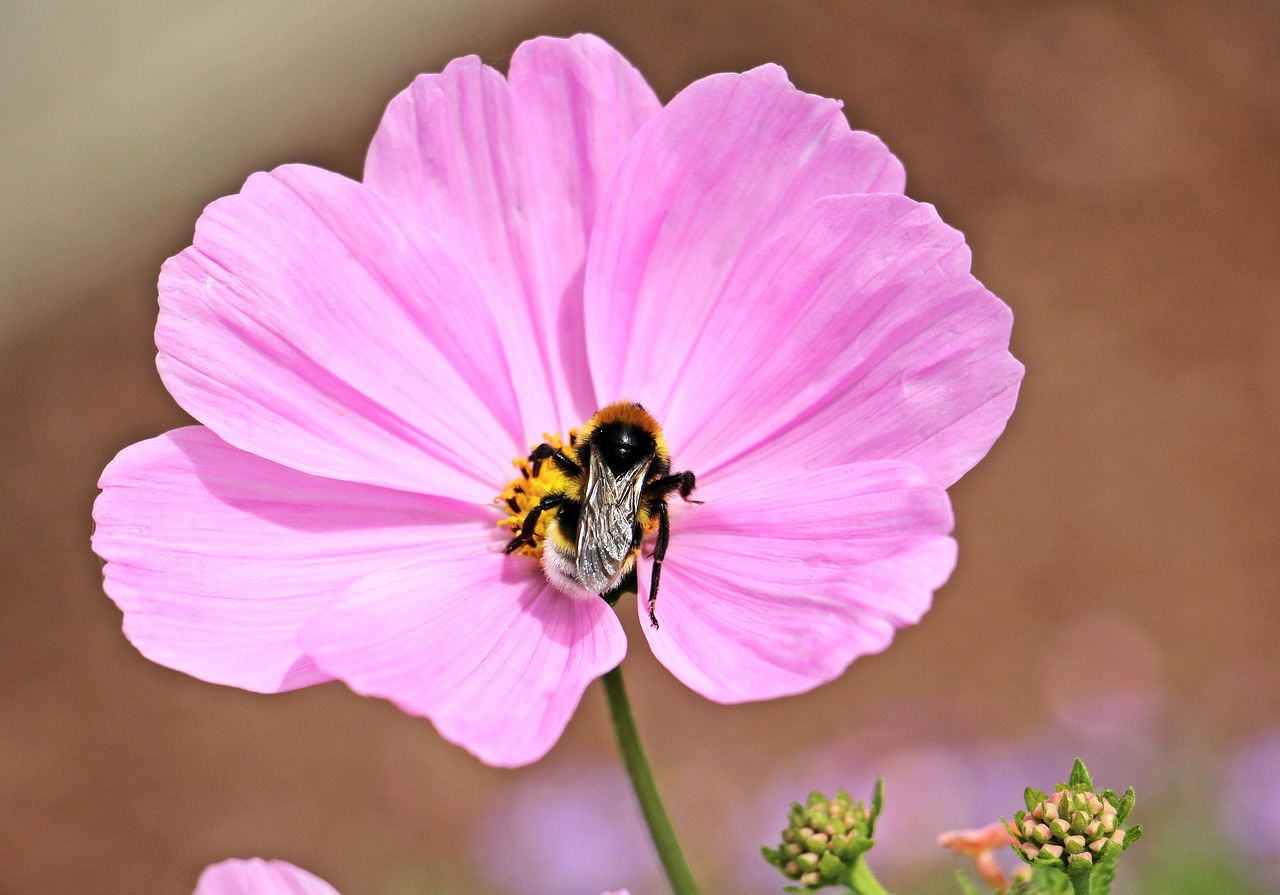Learn How to Grow Blue Stargazer Lily in this comprehensive guide. Start planting pretty blooms with expert tips.

Discover the essential tips on How to Grow Blue Stargazer Lily in this guide. The lovely pretty blooms can be a focal point in your home and garden.
Read Shampoo Ginger Lily Plant Growing and Care Guide
Is Blue Stargazer Lily Real?
Yes, Blue Stargazer Lily is real. They’re called “Stargazers” because their petals face upward like they’re reaching for the stars. These lilies have a significant past and meaning.
The blue hue of these lilies holds meanings in certain cultures, symbolizing calmness, tranquility, and unity. While originally from Asia, the Stargazer lily has spread to various places globally.
These flowers appeal to pollinators and can add a lively touch to any garden. You can plant them in different places like beds, borders, or containers, and they will bring color to your garden throughout the season. Taking care of these lilies is important if you want them to thrive in your garden.
Explore Pretty Plants That Look Like Lily Pads
Do Blue Stargazer Lilies Only Bloom Once?
Stargazer Lilies are perennial plants, which means they come back to flower each year after planting. They usually blossom during the later part of summer. Originally from China and Japan, these lilies have been grown in many other nations for a long time.
Check out Arum Lily Care and Growing Guide
When to Plant Blue Stargazer Lilies
You can plant bulbs at the beginning of spring or fall, while potted plants can be planted at any time in the growing season. It’s important to plant them at a decent depth – around 6 inches for bigger bulbs.
Learn Why Are My Calla Lily Leaves Turning Yellow?
How to grow Blue Stargazer Lily in Pots
Propagation from Bulbs:
Learn how to grow Blue Stargazer lily in pots.
- Select a 6-inch wide pot with drainage holes at the bottom to prevent waterlogging.
- Create a well-draining soil mix by combining potting mix, garden sand, and peat moss. A ratio of 1 part potting mix to 3 parts garden sand and peat moss is recommended.
- Fill the pot with a layer of the prepared soil mix. Leave enough space at the top to accommodate the lily bulb and water.
- Place the Blue Stargazer Lily bulb on top of the soil mix in the pot. Make sure that the pointed end of the bulb faces upward and the roots are spread gently over the soil.
- Gently cover the bulb with more of the soil mix, leaving the tip of the bulb exposed. Press the soil down lightly to secure the bulb in place.
- Water the newly planted bulb thoroughly but avoid over-watering, as lilies prefer slightly moist soil.
- Choose a location for the pot that receives partial sunlight. Blue Stargazer Lilies prefer sunlight, but too much direct sunlight can be harmful.
- Water when the top inch of soil feels dry to the touch. Fertilize the lily with a balanced, water-soluble fertilizer according to the package instructions during the growing season.
- As the lily grows, it may require support to prevent it from bending or falling over. You can use stakes or other supports to keep the plant upright.
- Deadhead (remove) faded flowers to encourage more blooming. After the flowering season, allow the foliage to die back naturally, as it helps store energy for the next year’s growth.
- If you live in a colder climate, consider protecting the pot from freezing temperatures by moving it indoors or providing insulation.
Ideal Conditions For Growing Blue Stargazer Lily
Location
Blue Stargazer Lily plants thrive in full sunlight, around eight hours each day, although they can also handle some shade. If placed in a shady spot, their stems might stretch out and become too long, possibly needing support. This isn’t necessary when they’re planted in direct sunlight.
Soil
Blue ‘Stargazer’ lily performs well in soil of moderate quality with regular moisture. They lean towards somewhat acidic soil (pH 6.3 to 6.8), but they manage well in neutral soil too. Giving them acid fertilizer aids their growth in alkaline soil.
Water
Blue ‘Stargazer’ lily needs consistent moisture, but it’s important to avoid waterlogged soil or standing water, as this can lead to bulb decay. Water should be given when the soil feels dry to the touch. These plants require approximately 1 inch of water per week, whether from rainfall or irrigation. Watering is most effective when the soil is soaked to about 6 inches deep. It’s best to avoid overhead watering, which could harm the blooms. Adding mulch helps retain soil moisture.
Temperature and Humidity
Lilies can do well in various climates within their hardiness zone range if the soil is appropriate. However, they do especially well in warm conditions. The peak of their flowering occurs in midsummer when the temperature consistently reaches 80 to 90 F.
Blue ‘Stargazer’ lily prefer sunlight for their leaves and stems, yet the bulbs prefer cooler conditions. To keep the bulbs cool, it’s helpful to plant them alongside other plants that offer shade or apply a thick layer of mulch to the ground.
Check Paintbrush Lily Growing Guide
Blue Stargazer Lily Care
Fertilizer
During early spring, when the shoots have appeared, apply NPK in the ratio of 10-10-10 fertilizer. Then, provide additional smaller feedings every few weeks throughout the growing period.
After each feeding, water the plants deeply. In cases where the soil isn’t optimal, employing an acid fertilizer like those made for azaleas will aid in the health of Blue ‘Stargazer’ lilies.
Pruning
After a flower has finished blooming, remove it by cutting along the small stem that connects it to the plant. This process, known as deadheading, stops seed pod formation, conserving energy for bulb renewal.
When the leaves turn fully brown, trim the stalks down to ground level.
Mulching
Applying a thin layer of shredded leaves, compost, or shredded bark as mulch serves two purposes. It prevents the growth of weeds and maintains the roots’ coolness as the plants grow.
Overwintering
Before winter sets in and the Blue Stargazer Lilies naturally die back, it’s advisable to trim off any dead foliage and cut back the stems to ground level. In regions with particularly cold climates, adding a thick layer of mulch (several inches deep) can help insulate the bulbs and safeguard them from pests.
Remember to remove this mulch during early spring. The same approach applies to bulbs in pots. Alternatively, you can dig up the bulbs carefully, allow them to dry, and store them in a paper bag over the winter. When spring arrives, you can then replant them.
Pests & Diseases
Hybrid lilies typically encounter few pests. However, there are potential diseases like lily mosaic virus, bulb rot, and botrytis, a fungal issue. It’s crucial to remove and dispose of affected plants, including the bulbs.
While this lily usually faces limited pest problems, there are some instances. Voles might consume the bulbs, rabbits could nibble on new shoots, aphids might infest the flowers, and deer may find them delectable.
Toxicity
Th stargazer lily is toxic to cats; keep the plant away from your feline.
Check Red Spider Lily Growing Tips
FAQs
Q.1. Can you plant a ‘Stargazer’ lily outside?
Stargazer lilies are tough perennial plants meant for garden planting, returning yearly.
Q.2. Do ‘Stargazer’ lilies only bloom once?
‘Stargazer’ lilies are perennial plants that flower annually.
Q.3. Why are they called ‘Stargazer’ lilies?
Their name originates from the manner in which the lily’s flowers point upward, directed toward the sky.
Q.4. Why Are Blue Stargazer Lily Plants Such A Popular Choice For Weddings And Other Occasions?
Blue stargazer lilies are admired for their beauty and deep meaning. They signify success, respect, and admiration. Yet, their blue shade also connects to sadness in some cultures. These flowers are a fitting choice for significant events, conveying both joy and solemnity.



